A PAIR OF GEORGE III MAHOGANY AND UPHOLSTERED LIBRARY ARMCHAIRS IN THE MANNER OF HEPPLEWHITE, LATE 18TH CENTURY Upholstered in natural suede with brass studded borders each 91cm high, 63cm wide, 60cm deep Provenance: Probably Tabley House, Cheshire The Property of the Trustees of the Davenport Estate The Davenport heirlooms are linked with those of Tabley House Cheshire through the marriage of Hilda Margaret Davenport with Cuthbert Leicester Warren in the early C20th. When both their son Lt. Col. John Leicester Warren and his sister Margaret, who married General Sir Oliver Leese, died without descendants, the Tabley Estate was sold in order to preserve and settle the inheritance tax on the Davenport Estate. Davenport House was built by Francis Smith of Warwick circa 1723-1727 for Henry Davenport on his ancestral property. It was one of Francis Smith's most prestigious commissions incorporating four pavilions as well as an additional service block in an arrangement derived from Palladio's plans for Villa Mocenigo. Tabley House was the creation of John Carr of York 1760-1767 for Sir Peter Byrne Leicester, 4th Bt. Sir Peter disposed of an Estate at Timogue in Ireland to pay for the new house to replace the old hall at Nether Tabley in the Mere which was maintained up to the C20th for historical reasons. Family tradition has it that the sixteen George III dining chairs were covered in merino sheep hide. The skins provided by a flock of merino sheep were washed ashore from the wreck of a Spanish Armada galleon in the C16th. The dining chairs possibly form part of the initial furnishings scheme supplied by Carr's Yorkshire compatriots Wright & Elwick. Some documentation for this exists in the Cheshire County Records. Sir Peter Burne Leicester 4th Bt. died 1770 leaving his widow in charge of their 8 year old son who was to become Sir John Fleming Leicester, 1st Lord de Tabley d. 1827. Sir John a notable collector of C18th and early C19th British School paintings was a close friend of George IV. Lord de Tabley reorganised the rooms behind the west façade creating a glorious picture gallery in 1807 designed by Harrison of Chester. It is possible that the George III cream painted pair of sofas and single armchair were re-allocated at the time of this reorganisation when four pairs of sofas were supplied by the Regency cabinet maker George Bullock The pair of George III mahogany framed tub chairs are I believe similarly typical of the first phase of Tabley furnishings. The C18th style mahogany silver table can be seen in situ in the 1923 Country Life article in the Drawing Room. The portrait of Princess Amelia with her groom Spurrier is thought to have been one of the pictures illustrated hanging at Nether Tabley (see Dreweatts Old Master Sale 26th May lot 53). Of the original furnishings of Davenport House possibly only the George II carved and off white painted wall bracket and the walnut wing chair lacking upholstery are the only items that are integral to the house. All other items have long been associated with Davenport but may well have originated from elsewhere. Tabley House is well recorded in the Country Life articles 14th, 23rd and 28th July 1923 as one of Cheshire's finest Palladian Manors by John Carr of York and also Hussey C: English Country Houses of the Mid Georgian Period Antique Collector's Club pages 55-60. Davenport House is similarly recorded in Country Life 27th June and 4th July 1952 and Hussey C: Country Houses of the Early Georgian Period, Antique Collector's Club pages 104-108. These sales are required to assist ongoing repairs, improvements and to secure the preservation of Davenport House.
A PAIR OF GEORGE III MAHOGANY AND UPHOLSTERED LIBRARY ARMCHAIRS IN THE MANNER OF HEPPLEWHITE, LATE 18TH CENTURY Upholstered in natural suede with brass studded borders each 91cm high, 63cm wide, 60cm deep Provenance: Probably Tabley House, Cheshire The Property of the Trustees of the Davenport Estate The Davenport heirlooms are linked with those of Tabley House Cheshire through the marriage of Hilda Margaret Davenport with Cuthbert Leicester Warren in the early C20th. When both their son Lt. Col. John Leicester Warren and his sister Margaret, who married General Sir Oliver Leese, died without descendants, the Tabley Estate was sold in order to preserve and settle the inheritance tax on the Davenport Estate. Davenport House was built by Francis Smith of Warwick circa 1723-1727 for Henry Davenport on his ancestral property. It was one of Francis Smith's most prestigious commissions incorporating four pavilions as well as an additional service block in an arrangement derived from Palladio's plans for Villa Mocenigo. Tabley House was the creation of John Carr of York 1760-1767 for Sir Peter Byrne Leicester, 4th Bt. Sir Peter disposed of an Estate at Timogue in Ireland to pay for the new house to replace the old hall at Nether Tabley in the Mere which was maintained up to the C20th for historical reasons. Family tradition has it that the sixteen George III dining chairs were covered in merino sheep hide. The skins provided by a flock of merino sheep were washed ashore from the wreck of a Spanish Armada galleon in the C16th. The dining chairs possibly form part of the initial furnishings scheme supplied by Carr's Yorkshire compatriots Wright & Elwick. Some documentation for this exists in the Cheshire County Records. Sir Peter Burne Leicester 4th Bt. died 1770 leaving his widow in charge of their 8 year old son who was to become Sir John Fleming Leicester, 1st Lord de Tabley d. 1827. Sir John a notable collector of C18th and early C19th British School paintings was a close friend of George IV. Lord de Tabley reorganised the rooms behind the west façade creating a glorious picture gallery in 1807 designed by Harrison of Chester. It is possible that the George III cream painted pair of sofas and single armchair were re-allocated at the time of this reorganisation when four pairs of sofas were supplied by the Regency cabinet maker George Bullock The pair of George III mahogany framed tub chairs are I believe similarly typical of the first phase of Tabley furnishings. The C18th style mahogany silver table can be seen in situ in the 1923 Country Life article in the Drawing Room. The portrait of Princess Amelia with her groom Spurrier is thought to have been one of the pictures illustrated hanging at Nether Tabley (see Dreweatts Old Master Sale 26th May lot 53). Of the original furnishings of Davenport House possibly only the George II carved and off white painted wall bracket and the walnut wing chair lacking upholstery are the only items that are integral to the house. All other items have long been associated with Davenport but may well have originated from elsewhere. Tabley House is well recorded in the Country Life articles 14th, 23rd and 28th July 1923 as one of Cheshire's finest Palladian Manors by John Carr of York and also Hussey C: English Country Houses of the Mid Georgian Period Antique Collector's Club pages 55-60. Davenport House is similarly recorded in Country Life 27th June and 4th July 1952 and Hussey C: Country Houses of the Early Georgian Period, Antique Collector's Club pages 104-108. These sales are required to assist ongoing repairs, improvements and to secure the preservation of Davenport House.





.jpg)


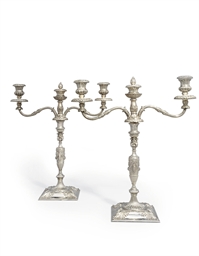
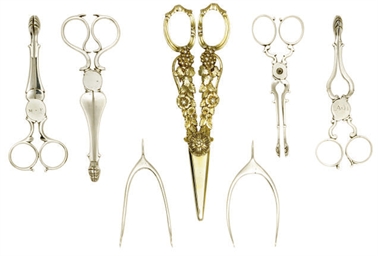
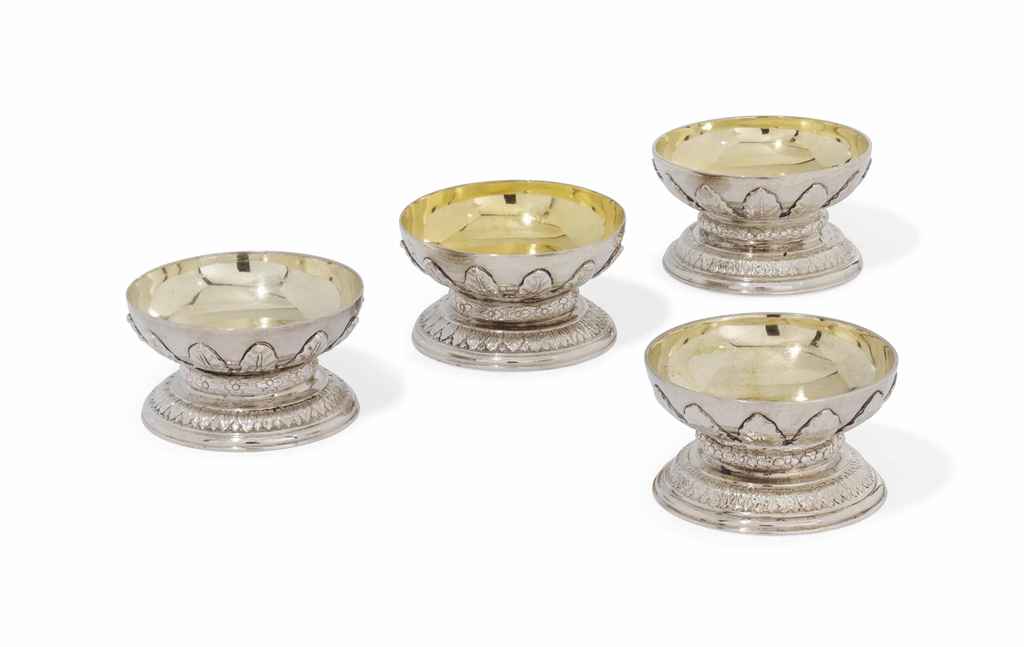
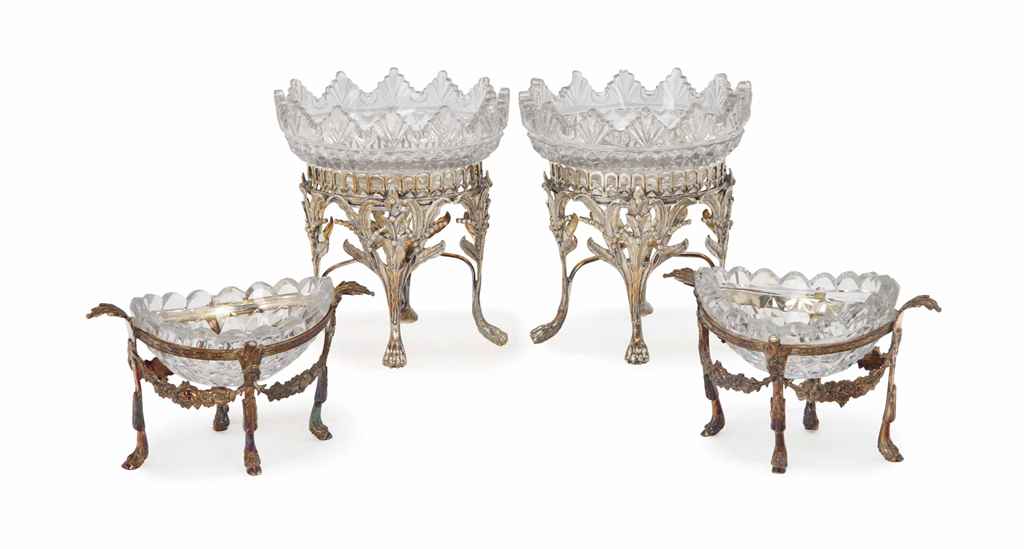
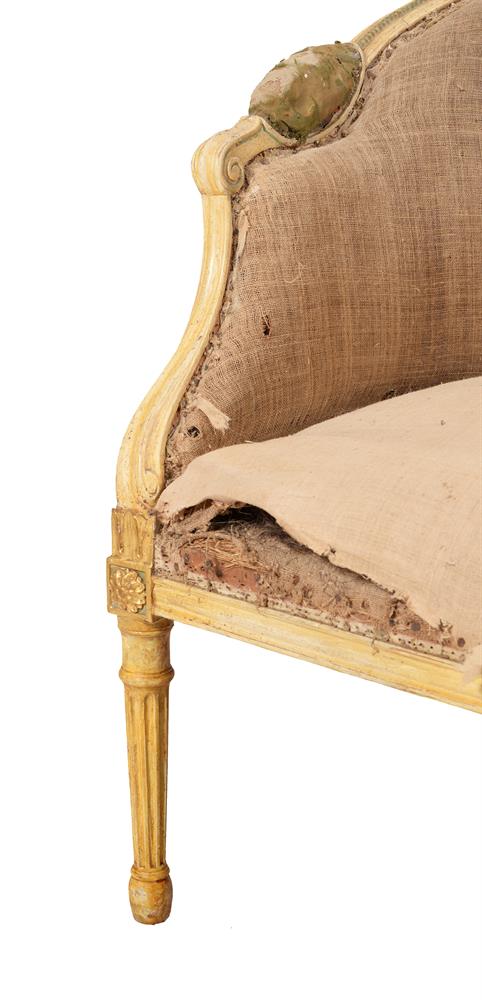
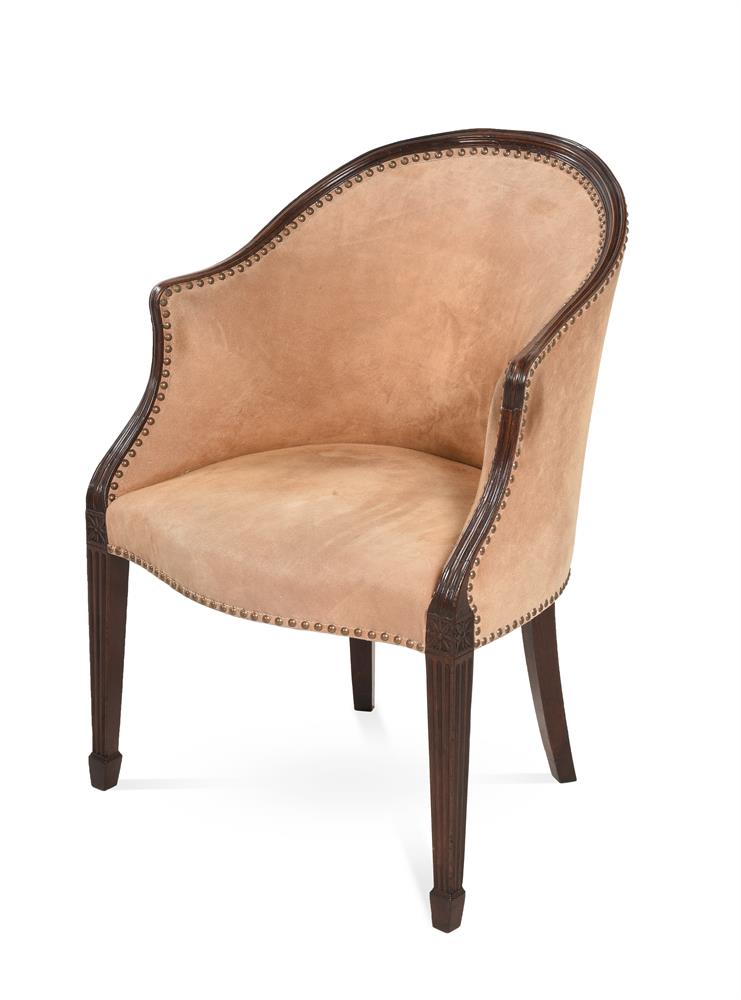

Try LotSearch and its premium features for 7 days - without any costs!
Be notified automatically about new items in upcoming auctions.
Create an alert